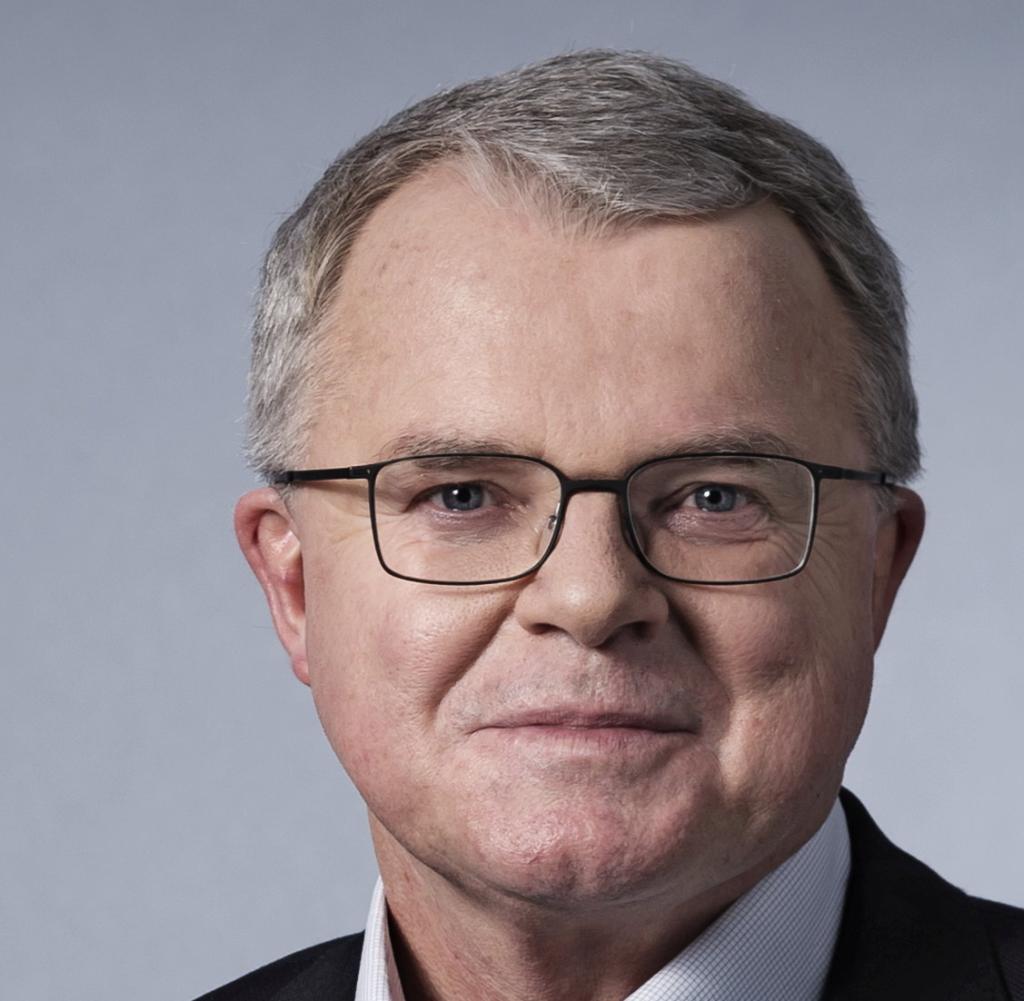Germany’s leading defense company, which focuses on land forces, will also use space for its business in the future. The Düsseldorf-based company is taking a stake in the Finnish company Iceye, which operates the world’s largest fleet of low-flying radar reconnaissance satellites.
This was announced at the ILA aviation exhibition in Berlin, which ended on Sunday. The exact amount of the investment was not disclosed. The Iceye satellite fleet is said to be able to observe the earth’s surface from space in almost real time, day and night, and even through clouds.
Rheinmetall’s space plans are broader in scope. The company is investigating various areas of the New Space market, according to a statement. This is a development in which mostly start-ups test new technologies and business models and put established providers under pressure. This applies to both civilian and military applications.
The use of satellites for military reconnaissance using optical satellites, i.e. photos from space, as well as radar images, is becoming increasingly important in military conflicts. Both optical reconnaissance and radar satellites are now able to detect details that are well under 30 centimeters in size.
Rheinmetall wants to use the data from space for “tailor-made solutions for tactical vehicles”. The aim is obviously to use the images from space to ideally position tanks, artillery guns, air defense systems and other weapons or to protect them from fire. “The space domain is an integral part of the defense strategy and is of great relevance to our customers,” says a statement from Rheinmetall CEO Armin Papperger.
The Finnish company Iceye was founded ten years ago as a university spin-off. While established providers such as Airbus or OHB rely on a few large, heavy reconnaissance satellites, Iceye pursues the fleet concept with many, relatively inexpensive small satellites.
To put this into context: The SARah radar satellite project for the German armed forces, with an Airbus satellite launched in 2022 and two satellites launched in 2023 by the Bremen-based OHB Group for the German armed forces, costs a total of around 1.2 billion euros and the launch has been delayed by five years. The OHB satellites are also currently not usable due to technical problems.
Since 2018, Iceye has already launched 31 smaller radar satellites, most recently with US Falcon 9 rockets owned by entrepreneur Elon Musk. There are currently reportedly 21 satellites in space. Each weighs around 85 kilos. They fly in low orbit (LEO – Low Earth Orbit) at a height of roughly 500 kilometers.
Iceye’s customers also include insurance companies, which can quickly estimate the damage in the event of flooding, for example. The European Space Agency ESA also cooperates with Iceye and uses the data to monitor the state of the Earth (Copernicus project). Iceye’s backers are mainly financial investors and venture capitalists. Sales are said to have exceeded $100 million in 2023.
The military has been interested in the Iceye developments for some time. A technology agreement was reached with the US Army in 2021. The main aim is to shorten the time between the image being taken from space and the information being sent to weapons systems.




